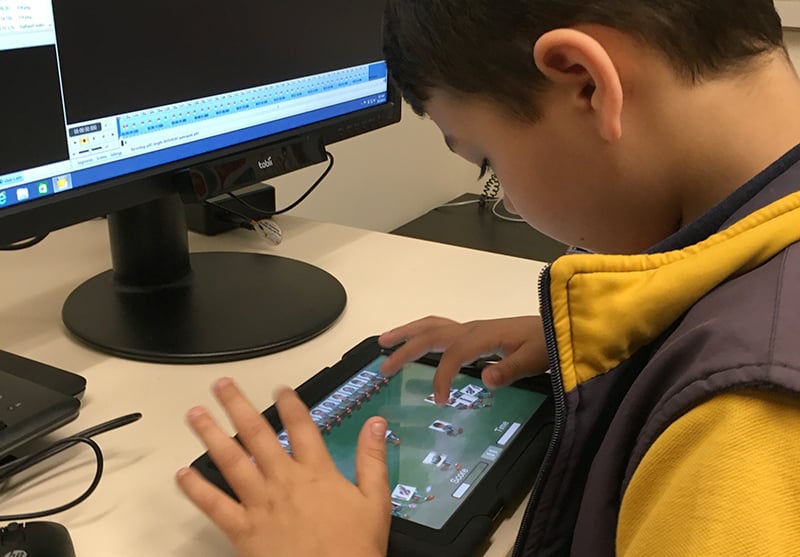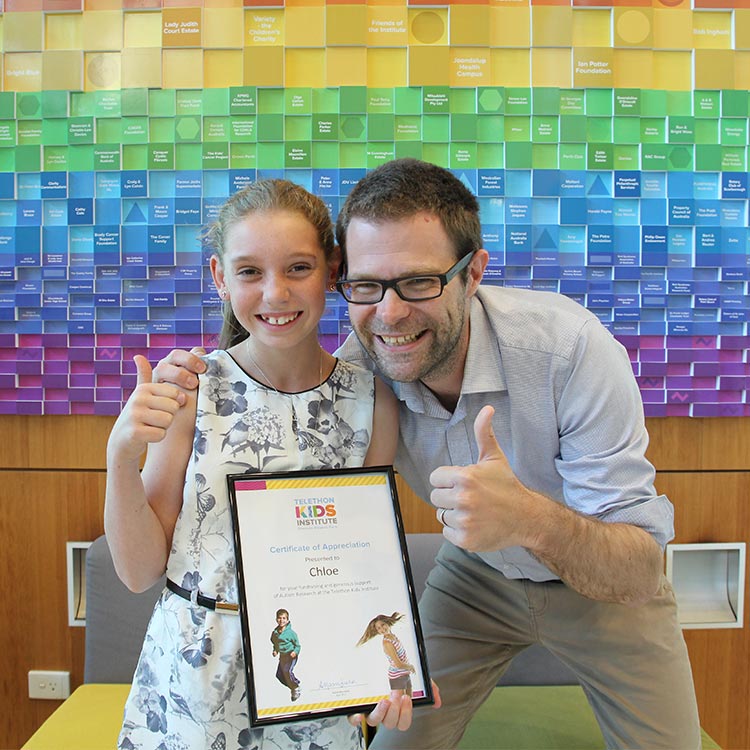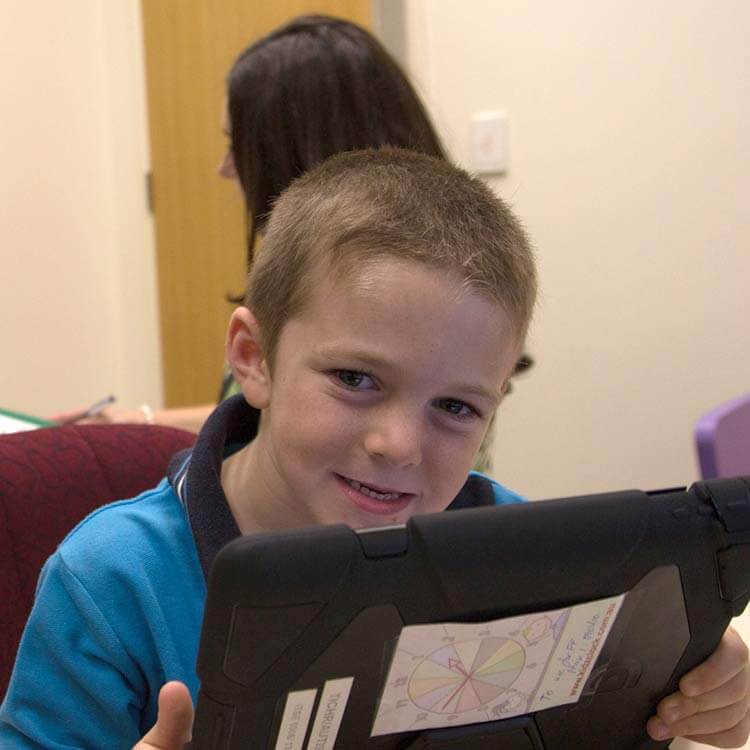Search

News & Events
Frankie and Friends appResearchers at The Kids Research Institute Australia and University of Western Australia have recently published data describing the use of an attention training game designed for school-aged children diagnosed with autism spectrum disorder (ASD).

News & Events
The Kids researchers finalists in Premier’s Science AwardsThe Kids Research Institute Australia has two researchers and an innovative science engagement initiative as finalists in the 2017 Premier’s Science Awards.

News & Events
Fundraising star: Chloe (11) Bakes for Autism ResearchChloe recently decided to bake cupcakes to sell to her school friends and teachers and it was all for a cause very close to her heart - autism research.

News & Events
Australia’s first Autism Biobank to help improve early diagnosesA world leading Autism biobank has been officially launched in Australia today by the Minister for Health, the Hon Sussan Ley.

News & Events
Professor Andrew Whitehouse on ABC720Autism researcher Professor Andrew Whitehouse was on 720 ABC Perth yesterday taking questions on child health.
News & Events
Autism research innovator shortlisted for Eureka PrizeDr Andrew Whitehouse from Perth's Telethon Institute for Child Health Research shortlisted as a finalist for the prestigious 2012 Australian Museum Eureka Prize
Research
Implementation of the National Guideline for the Assessment and Diagnosis of ASD in Australia – Health Sector Capacity BuildingAndrew Videos Whitehouse Watch and listen to Andrew PhD Deputy Director (Research); Angela Wright Bennett Professor of Autism Research at The Kids

The Sibling Project focuses on children, adolescents and emerging adults who have a sibling with a disability, investigating their mental health, relationships and quality of life.

National Siblings Day is a holiday dedicated to celebrating the bond between siblings. It is a time to recognize the importance of siblings, whether they are brothers, sisters, step-siblings, or even those who feel like family.
We want to hear from siblings living outside of Australian cities!
